What is Quick Charge?

2023-08-08 09:48
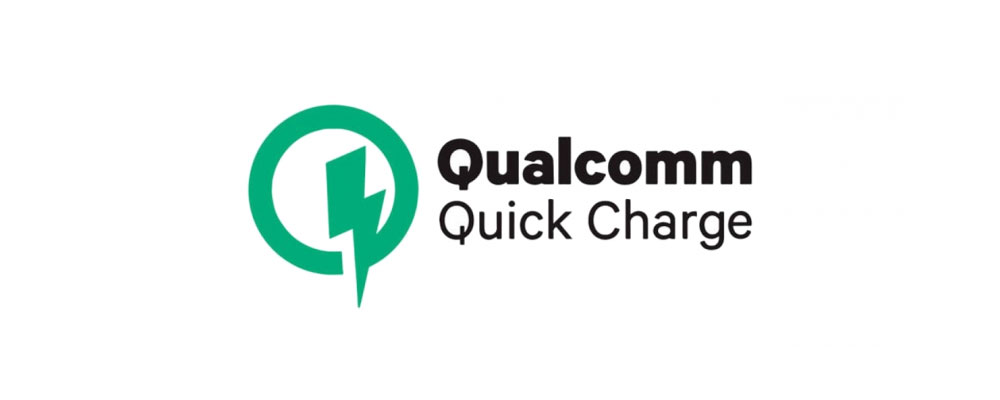
With smartphones becoming more talented, their battery capacities have increased a lot to meet the powering needs of more apps, making the fast charging feature a must-have for every smartphone. In the past 10 years, rapid development has taken place in fast charging. Quick Charge pioneered the fast charging market and quickly became the standard fast charging for Android phones throughout the mid-2010s. Although many smartphone manufacturers like Huawei, OPPO, and Xiaomi have also developed their fast charging protocols, Quick Charge is still dominant in fast charging. However, what is Quick Charge? Today we are here to gain a deeper insight into it.
What is Quick Charge?
Quick Charge, also referred to as QC, is a fast-charging solution developed by Qualcomm. It can work with USB Type-A, USB Type-C, and micro-USB ports to manage the power delivered on them by boosting the amperage of a charge or varying its voltage to increase more power than the standard USB connectors that charge the mobile device.
Launched in 2013, it was a 10W output version. But great progress has been made on Quick Charge. Currently, it can deliver 100W fast charging, which is totally 10 times quicker than the first-ever version, while offering more impressive safety performances to avoid causing overheating, over-voltage, or over-current.
Qualcomm Quick Charge technology was created to enhance the charging efficiency of smartphones with a Qualcomm Snapdragon processor, and now it has been applicable on 250+ mobile devices and 1000+ accessories. And in terms of charging speed, it can charge a device from zero to fifty percent in five minutes, which makes it a perfect solution for those seeking fast-charging technology.
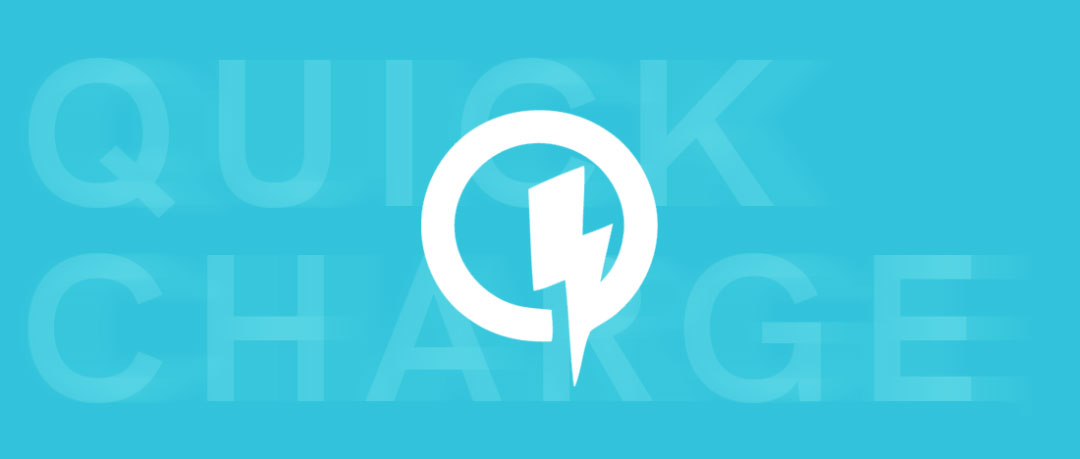
The Development of Qualcomm Quick Charge Technology
Quick Charge has evolved over the years and comes with several QC versions, including QC1.0, QC2.0, QC3.0, QC4.0, and QC5.0. However, what changes have been made to them may not be known to us. Now let me share their details with you.
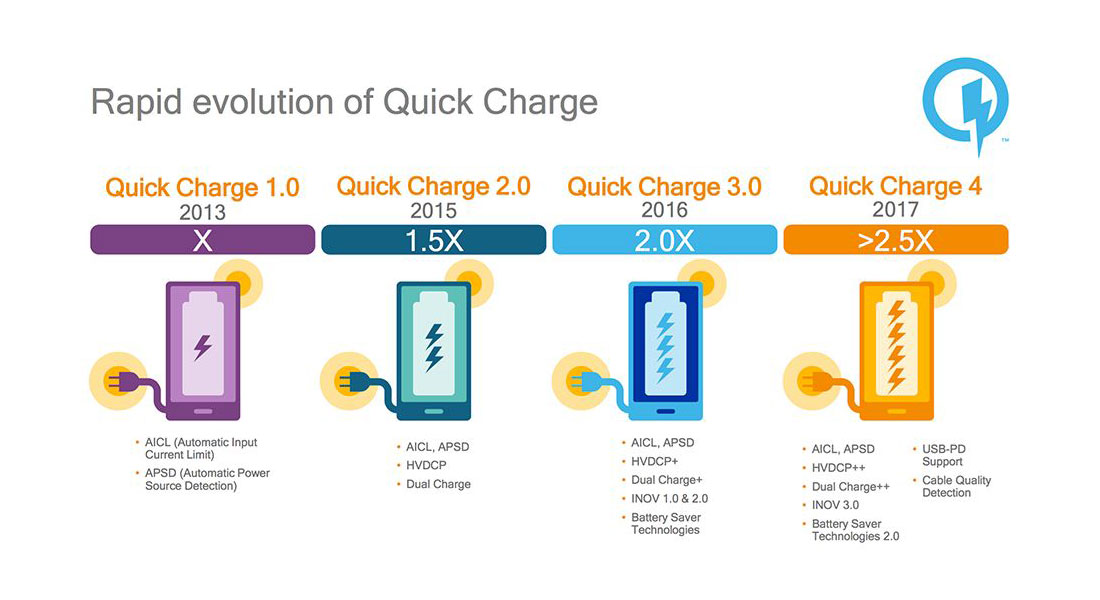
Quick Charge 1.0
QC1.0, released in 2013, used a PMIC to enhance the current output from 1A to 2A. Therefore, QC1.0, enabling a maximum power output of 10W, can charge a smartphone charge device for up to three hours or less, which is 40% faster than phones predating this technology. And it worked with many first-generation smartphones, such as Galaxy Note 3, Galaxy S5, Nexus 5, Moto X, etc.
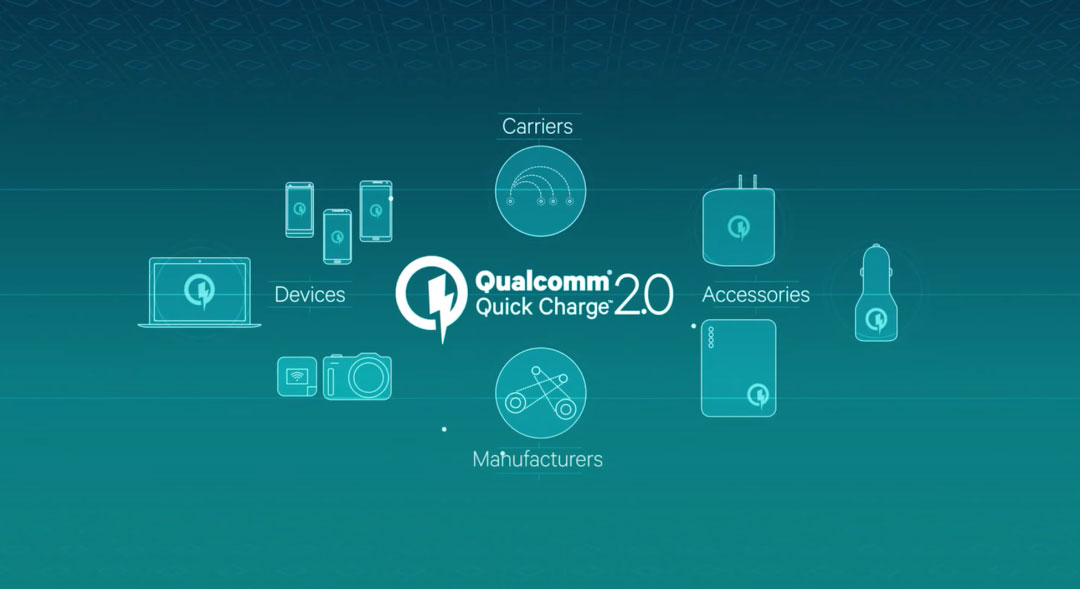
Quick Charge 2.0
Qualcomm Quick Charge 2.0 was launched in 2014. Unlike QC1.0, QC2.0 enhanced the charging efficiency by changing both the voltage and current instead of simply changing the current. This way helps prevent the joule heating effect ( that increases heat output ) resulting from pushing more current through a wire.
Quick Charge 2.0 supports four voltage modes, including 5V, 9V, 12V, and 20V, and it provides two standards: Class A and Class B. Among them, the Class A standard only supports three voltage levels of 5V, 9V, and 12V, and offers a maximum current output of 3A. However, as with the first-generation standard, implementations vary from device to device. Finally, most chargers choose one of two combinations to reach 18W: 9V and 2A, or the less common alternative, 12V and 1.5A.
The Class B standard supports 5V, 9V, 12V, and 20V, which enable it to deliver a maximum output of 60W. It was said that this standard was designed for fast-charging laptops. However, it was not adopted by laptop manufacturers.
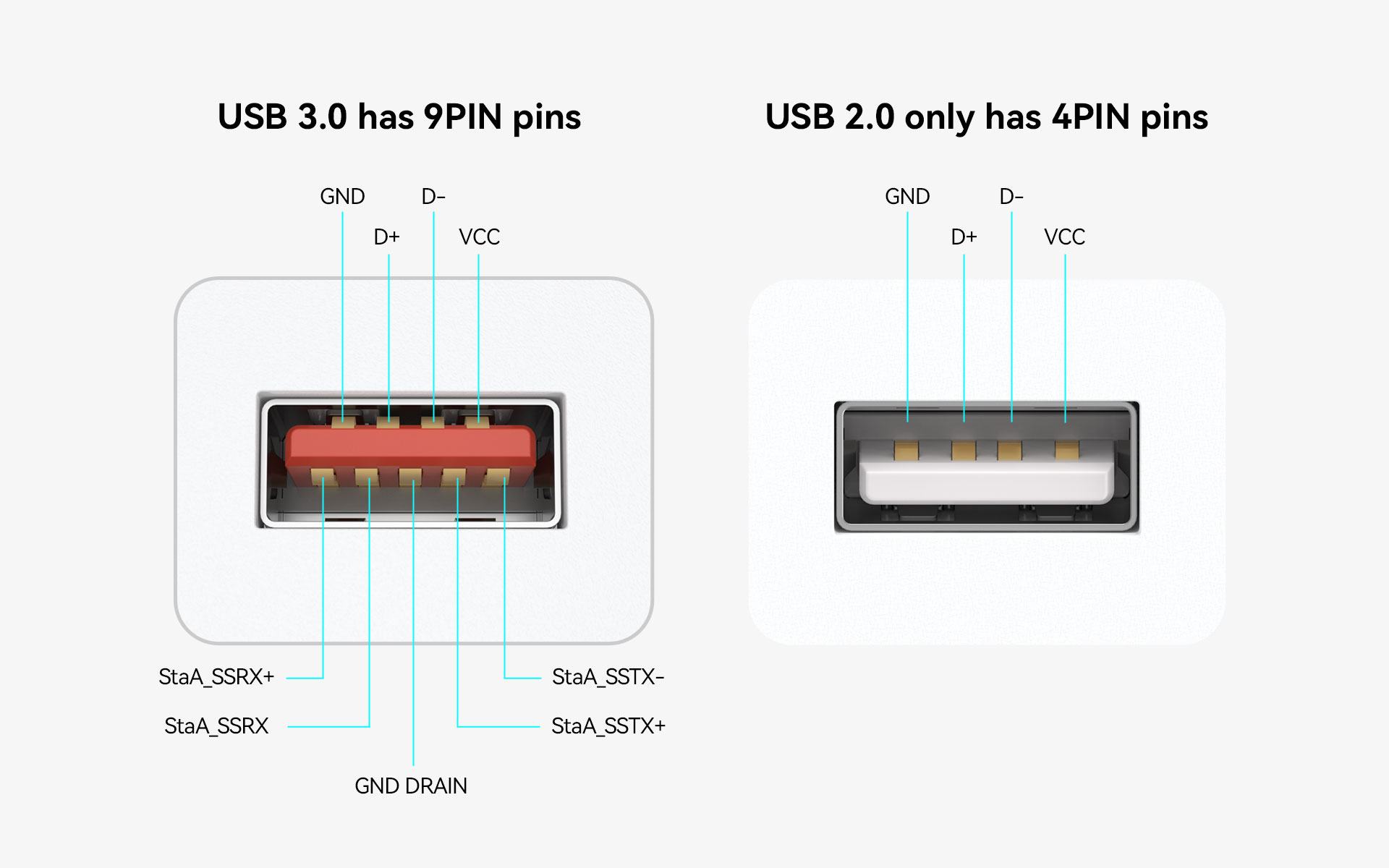
Quick Charge 3.0
In 2016, Quick Charge 3.0 was introduced and made more significant improvements than its predecessor. It introduces INOV, Dual Charge+ (optional), Battery Saver Technologies, and HVDCP+, which help it gain more impressive performance in terms of charging speed, efficiency, and dissipation.
Compared with QC1.0 and 2.0. Quick Charge 3.0 can support multiple voltage levels and 200 mV increments from 3.6V to 20V, thanks to the employment of the INOV(IntelligentNegotiation for Optimum Voltage)algorithm, which enables optimum power transfer abilities.
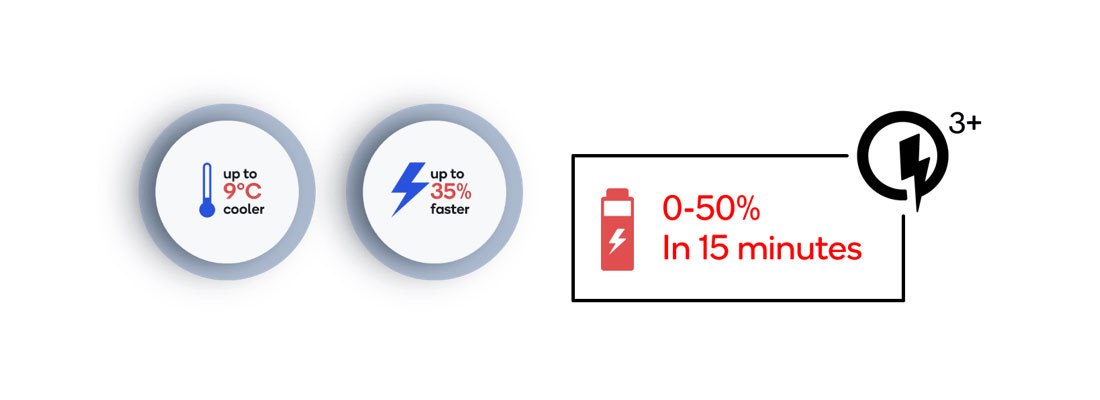
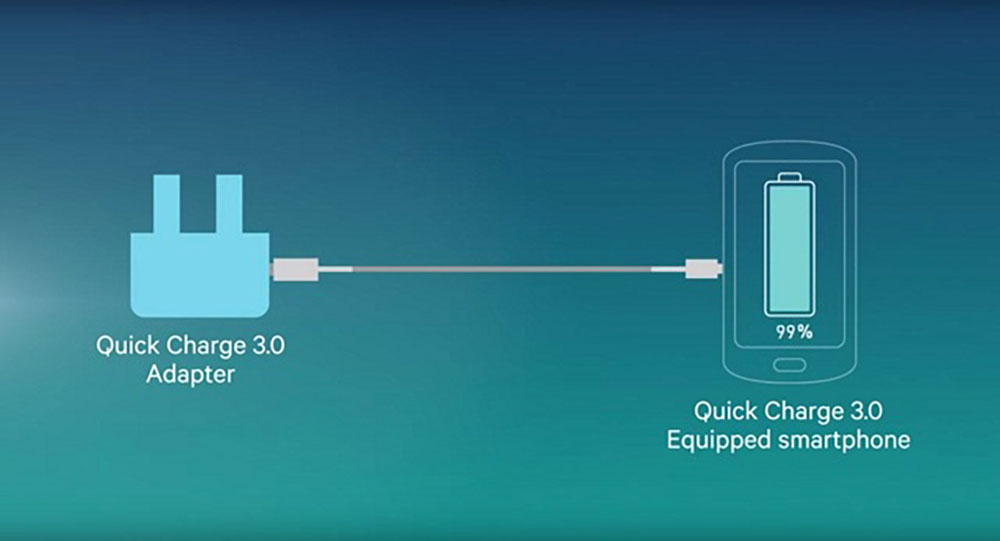
Quick Charge 4.0 and 4.0+
Quick Charge 4, launched in December 2016, has made plenty of changes based on Quick Charge 3.0, among which the most important is that it is compatible with the USB-Power Delivery Standard. It is worth mentioning that it was not until the launch of QC4.0 that Qualcomm Quick Charge used USB Type-C as the standard charging port for charging output and input.
When working through the USB-C port, it can deliver a maximum output of 27W. Besides, QC4.0 can offer a maximum current of 3A through the fixed 5V or 9V fast charging when powering on the USB-PD mode. QC4.0 can also support 200mV increments from 3.6V to 20V and deliver a maximum output of 100W under the QC mode.
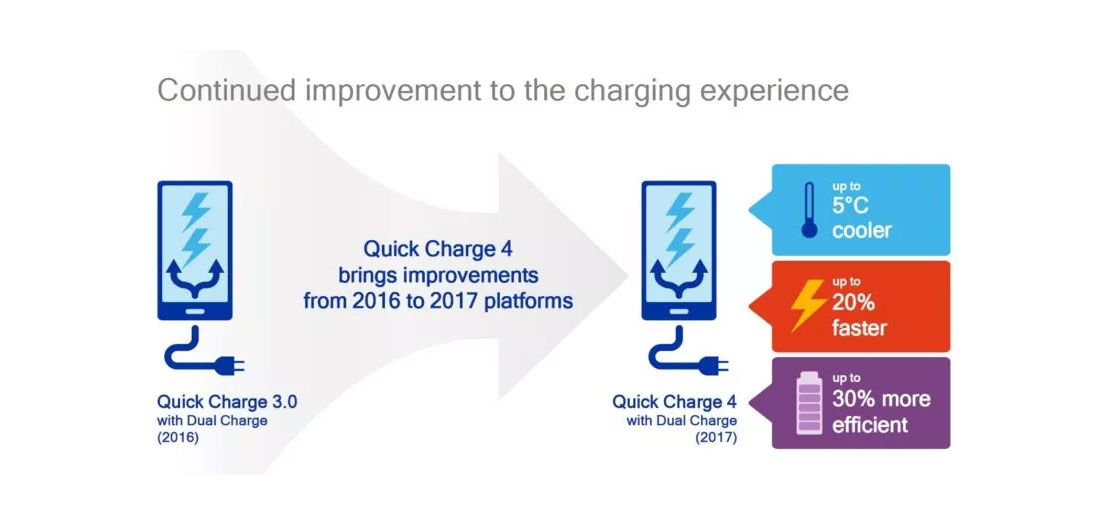
QC 4.0 uses HVDCP++, Dual Charge++ (optional), INOV 3.0, and Battery Saver Technologies 2, which makes it run up to 5°C cooler, 20% faster, and 30% more efficiently than QC3.0.
However, QC 4.0 can not be backward compatible. This means that it is not compatible with QC3.0 and 2.0. Therefore, Quick Charge 4.0+ was released to improve its backward compatibility. Moreover, it introduces intelligent thermal balancing and advanced safety features to eliminate hot spots and prevent overheating, shorting, or damage to the USB-C connector.
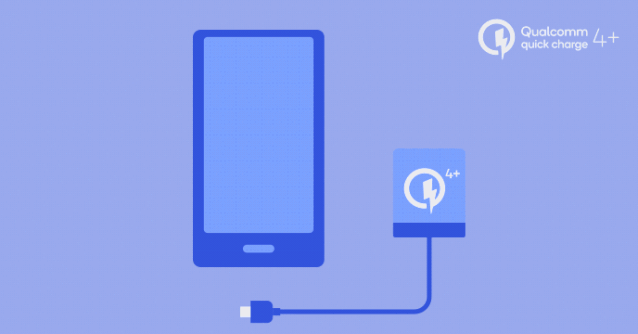
Quick Charge 5.0
Quick Charge 5.0 debuted in 2020. It can offer a maximum output of 100W, which can charge up a device from zero to fifty percent in just five minutes. Furthermore, it can be cross-compatible with USB PD PPS programmable power supplies and has more excellent features in terms of dissipation, safety performance, and charging speed than QC4.0. However, it has not been widely used for some complicated reasons.
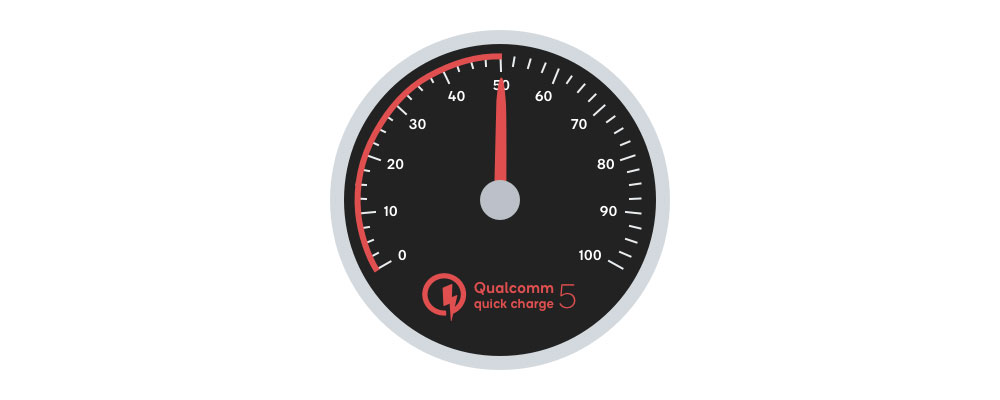
Difference Between QC2.0, QC3.0 and QC4.0
Power Output: Both QC3.0 and QC4.0 enable 200mV increments and support voltages from 3.6V to 20V. However, they support different power outputs. QC3.0 support a maximum output of 36W, while QC4.0 offers a maximum output of 100W when working in the QC model and a 27W output under the USB-PD mode. And the QC2.0 delivers a maximum output of 18W.
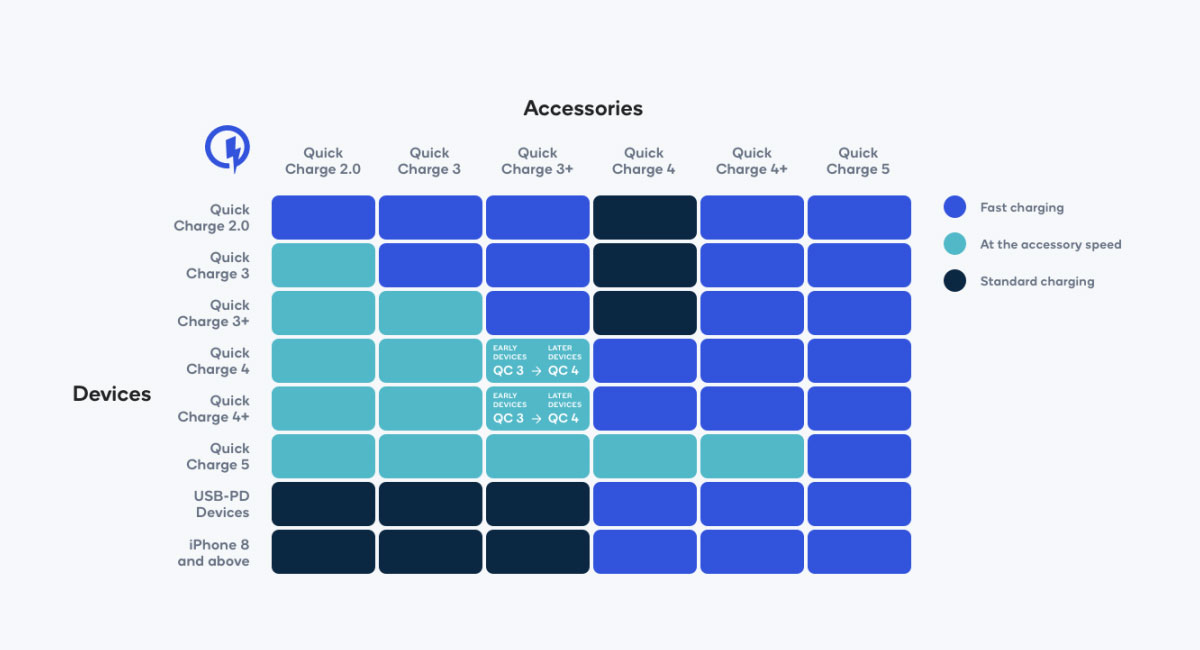
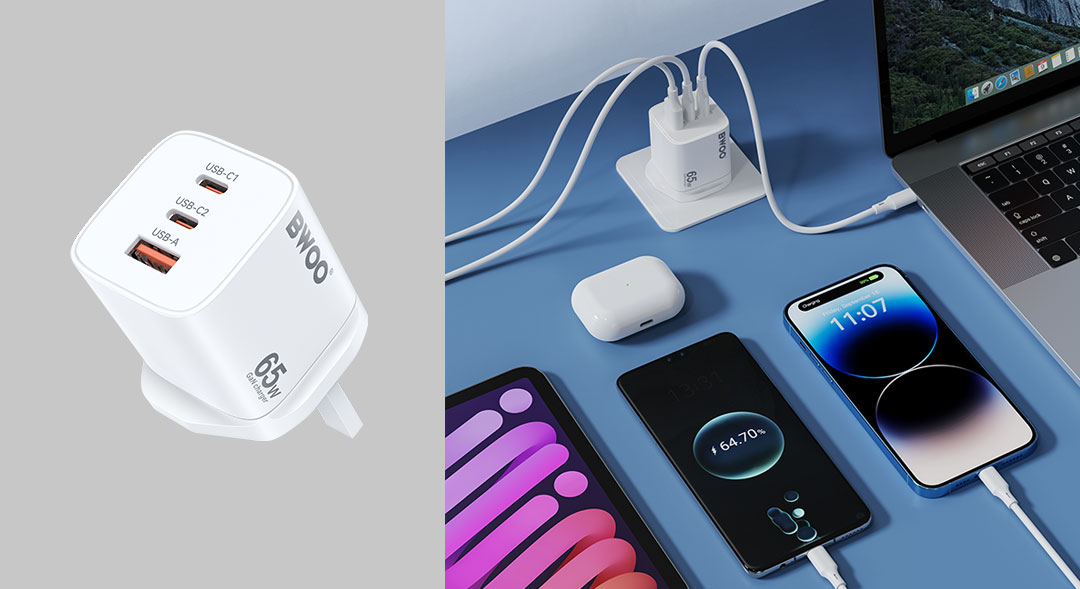
Voltage Variation:
Both QC3.0 and QC4.0 enable 200mV increments in a variable voltage mode of 3.6V to 20W so that they can intelligently automatically adjust the charging voltage to the best level to protect your device from overheating, while QC 2.0’s voltage can be changeable only between 5V, 9W, and 12W, which easily leads to overheating your device due to a big voltage change.
Efficiency features:
Quick Charge 4.0 can charge a device up to 5 degrees Celsius cooler, 20% faster, and 30% more efficiently than Quick Charge 3.0 with Dual Charge+. And Quick Charge 3.0 is up to 4-6 degrees Celsius cooler, 16% faster, and 38% more efficient than Quick Charge 2.0, while Quick Charge 3.0 with Dual Charge+ is up to 7-8 degrees Celsius cooler, 27% faster, and 45% more efficient than Quick Charge 2.0 with Dual Charge.
Safety Features:
QC4.0 and QC3.0 support the INOV algorithm, so they support intelligent voltage adjustment, which enables an automated trickle charging mode when your device has been charged to 90%, preventing your device from overcharging. Also, both use Battery Saver Technologies, enabling them to maintain at least 80% of the battery's original charge capacity after 500 charge cycles. However, QC2.0 do not provide these functions. Besides, QC4.0 has additional safety measures to protect against overvoltage, overcurrent, and overheating while providing cable quality detection.
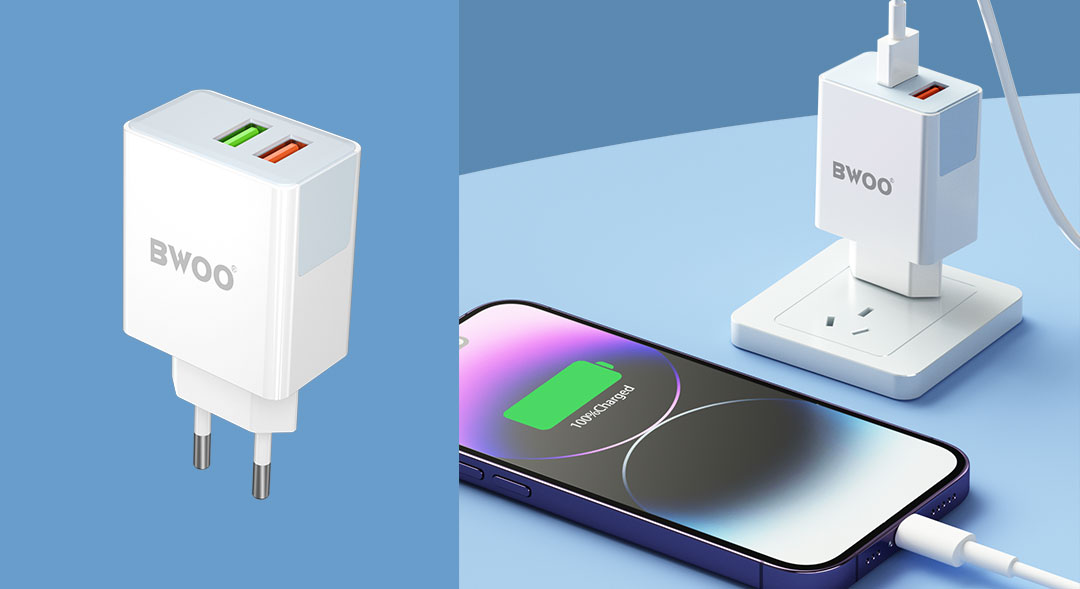
Backward Compatibility
QC3.0 can be backward compatible with QC2.0, while QC4.0 cannot be backward compatible with QC3.0 and 2.0. And it is worth noting that QC4.0+ improves backward compatibility.
The Applications of Qualcomm Quick Charge
QC works well with devices with a Qualcomm Snapdragon chip. However, it is not limited to Qualcomm devices and is available for a wide selection of devices, such as laptops, tablets, power banks, in-car chargers, and chargers. Any manufacturer can buy QC chips from Qualcomm.
And there is no denying the fact that QC2.0 and QC3.0 are the most extensively utilized Qualcomm Quick Charge protocols on consumer devices, followed by QC4.0 and QC4.0+, whereas QC5.0 has not been widely adopted by mobile phone and phone accessory manufacturers.
BWOO, one of the most important mobile phone accessory manufacturers, can provide power banks, data cables, wireless chargers, and wall chargers that offer an uncompromising fast charging experience. For more innovative products with QC technology, please flip through our site.
BWOO QC 3.0 Fast Charger Products
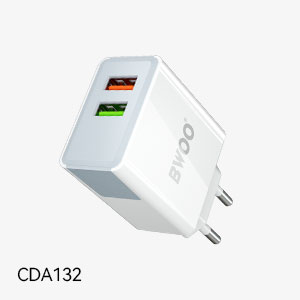 | 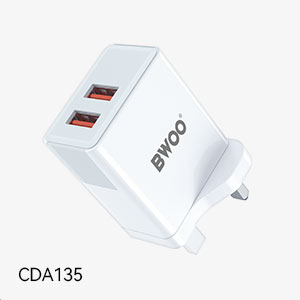 | 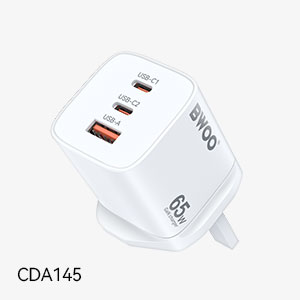 |
Comment
Leave a Reply
Your email address will not be published. Required. Required fields are marked*


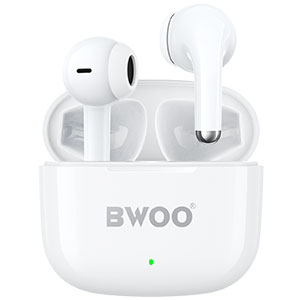

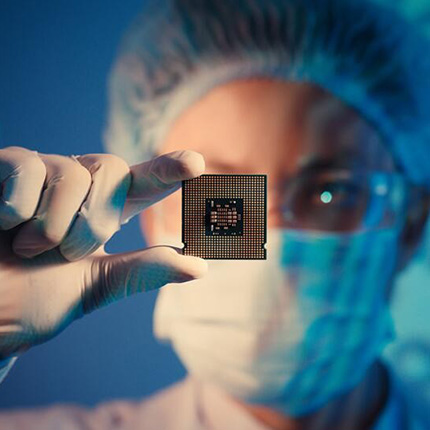













































Comment
There are no comments yet!